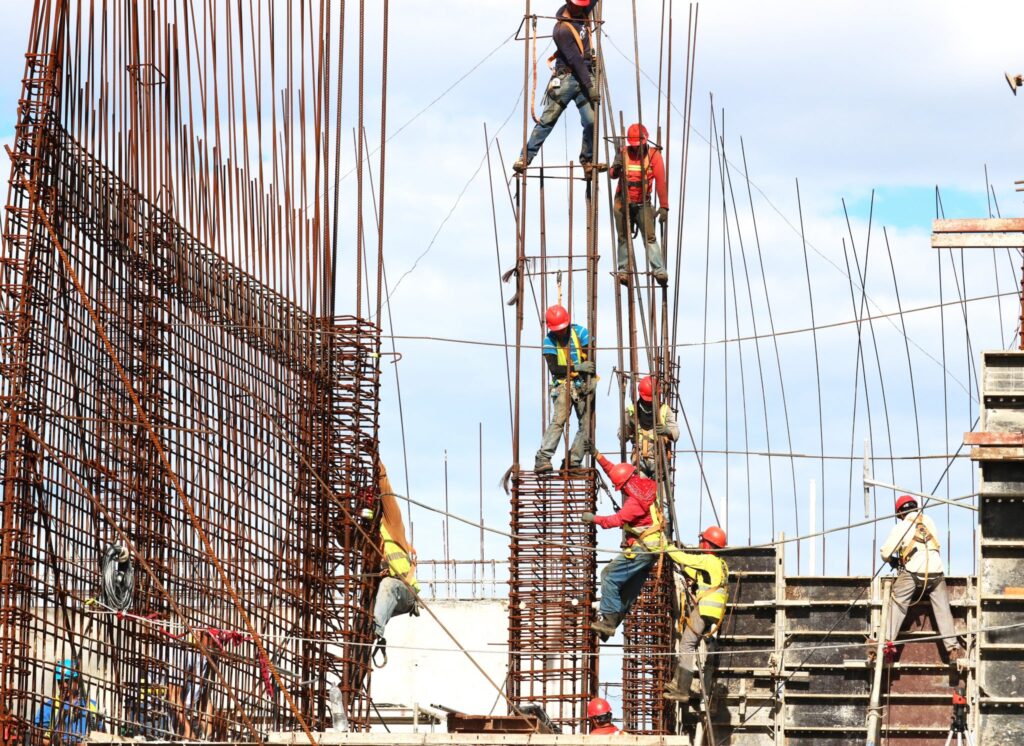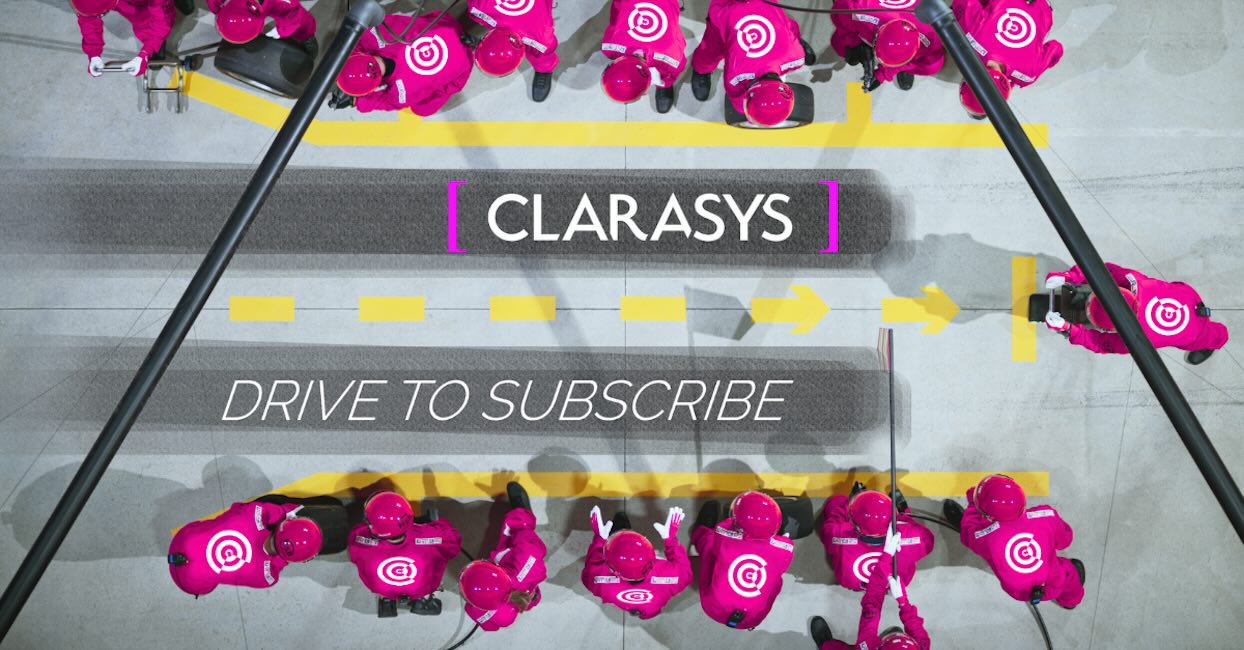Why masterplans get archived and what you can try instead
Masterplans: Archived or Actioned?
Masterplans: Archived or Actioned?
Why masterplans get archived and what you can try instead

How to design and deliver for an ever-changing future, with predictability and adaptability.
We have more information than we can easily make sense of and stakeholders who increasingly expect certainty on what the future will hold, while being able to change their mind along the way. So how can we create a master-plan that enables businesses to design and deliver for the future, while still making sure that what is delivered is relevant when released?
Surprisingly, the solution that seemed to provide an answer this overwhelming challenge originated from a discipline that could hardly be described as agile: architecture. I joined a talk with the world renowned architect Daniel Libeskind who designed and delivered the new One World Trade Center in his 70s. His approach to bringing everyone onboard with a clear strategy and deliver against it, is as applicable to architecture as it is to enterprise-wide transformation. He said that to create a plan and build something that stands the test of time, you need to:
- build a strong foundation
- create a clear plan
- leave room for interpretation along the way
This translates into creating an as-is Service Design blueprint, a vision, and an outcome based product roadmap that enables the organisation to deliver towards the next horizon for the organisation and making is stick, while shaping the next horizon after that.
Service design as your strong foundation and vision
Service Design provides an element of certainty by answering the question: ‘how will things get done in the future?’, but it can be challenging to adapt and implement. If organisations want to design for the future, whilst remaining able to adapt, they need a live blueprint paired with an agile way of working.
Once in delivery, Service Design can be refined and tailored to each release. This enables leadership to prepare for the impact on the organisation in a predictable manner. In order to build a Service Design blueprint in an agile way, it can then be tied to an outcome-based product roadmap.
Product management as your clear plan on how to get there
Outcome-based product roadmaps highlight what users will be able to do at a point in time. When you combine multiple outcomes together you can start shaping meaningful releases for the organisation.
When the roadmap is linked to epics and story maps, service owners can effectively prioritise how the development work will improve the end to end journey of the users. By focusing on end to end outcomes, the business can also see how parts of the service evolve over time, through highlighting the unchanged, changed, removed, and added outcomes. From a delivery perspective this is also highly motivating for the team as the outcomes, roles and responsibilities can be articulated clearly.
Scaled agile delivery to leave room for interpretation along the way
Service Design and the outcome-based roadmap give you certainty, but don’t offer adaptability unless coupled with solid product management, based on agile principles.
As a starting point, cadence and synchronicity across the wider transformation is key. Outcomes have to be able to be re-prioritised and releases should always contain contingency for unplanned work. The make-or-break point of this is whether altitudes of delivery can be aligned and prioritised effectively.
Strategic objectives should inform what the programme has to deliver,. The programme outcomes and priorities should prioritise what the project works on. The ‘how’ can be self-defined at each level if the outcomes are met and any guardrails or principles are not breached. This empowers teams by moving decision making to the point of most information while highlighting the critical path and interdependencies.
Finally, if the circumstances permit, focus on end to end slices (or releases) to look at interconnections to see what works and what breaks. Ensure you design something that can be delivered quickly and solves the highest priority issue. This agile ongoing approach enables continuous improvement, increases the chances of successful adoption and ultimately improves ROI.
Bringing it all together
Combining these three approaches may sound great in theory, yet it is challenging to adopt, even harder to perfect – but more than worth it. The main challenge here is to be brave enough to slow down, in order to speed up.
As a starting point:
- Create an as-is Service Design blueprint
- Use existing collateral to create a vision for the future
- Create an outcome-based product roadmap that connects strategic objectives to outcomes that the project can work on
If you combine these approaches, you should have a dynamic north star that you can work towards in spite of changing priorities. You can then empower each layer to define ‘how’ outcomes will be achieved. This will enable you to deliver towards the next horizon for the organisation while shaping the next horizon after that.
For Daniel Liebeskind this all worked out very well. Initially only the first building was built, and then learnings were taken into the second building, based on timing and available investment. His master-plan is still ongoing with buildings being built and received positively by the stakeholders and authorities.
This is an extraordinary accomplishment and example of stakeholder management, while designing and delivering a transformation. So, if you are struggling to get agreement, cannot pivot when you need to, or are unclear on what is next – give this powerful combination a try.


